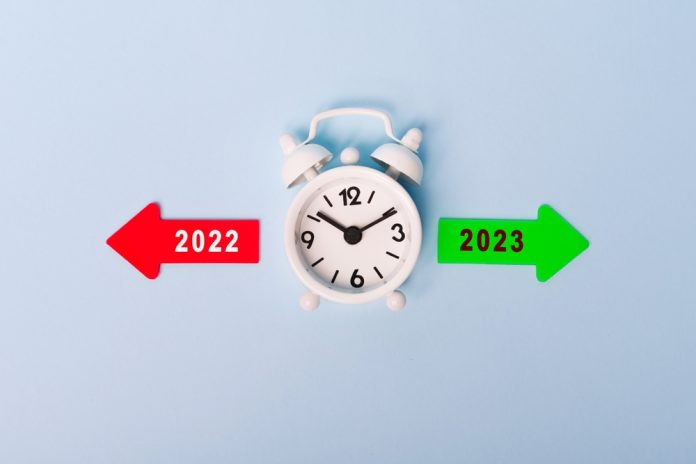As we’ve officially entered the holiday season, buying gifts for our loved ones could be challenging not only due to the sheer choice we have at every shop’s window display, but also because of the financial strains felt throughout the country with the seemingly endless cost-of-living crisis.
But while economic pressures are still undoubtedly looming over UK households, how do our shopping habits actually compare to last year’s end-of-the-year period?
2022
Moving the clock back to December 2022, Payment Expert sat down with Gaurav Mittal, Vice President of Mastercard’s subsidiary firm Ethoca, to examine what were the biggest shopping trends of that time.
Calling it the ‘Golden Quarter’ of the year, Mittal noticed some changes taking place during the holidays in terms of shopping behaviour, notably characterised by a shift from in-store queues to more online purchases – most likely the result of a nation still in the initial stage of recovery from COVID.
Ethoca’s vision back then was that 2022 spending remained flat compared to 2021, and that rising inflation levels meant that businesses needed to be mindful of unnecessary expenses to stay on top.
Then, as if to fulfil Ethoca’s recommendations, businesses began to actively participate in ‘recommerce’ at the end of 2022, with 71% of them looking to reduce costs by offering seasonal shopping options like renting, reusing or resealing – giving a push to affordable shopping across the UK.
Courtesy of Barclaycard, the findings highlighted that 90% of retailers that introduced rental shopping to their offering at that time were seeing higher consumer spending and bumps in revenue, with online shopping still a key focus for merchants and customers alike.
Confirming Barclaycard’s findings that shoppers are managing their holiday resources more thoroughly through careful spending, fintech firm Mollie released its own study where it highlighted that BNPL online purchases around last year’s Black Friday have increased by 57% – accounting for 6% of all Black Friday spending.
Ken Serdons, CCO of Mollie, then commented: “Those small and medium-sized merchants that want to grow over the next year will have to fight for every sale, perfect their checkout experience and make sure they can meet the growing expectations of consumers for local payment methods, fast delivery and free returns.”
2023
Fast forward one year later, return policies now seem to be a top priority for retailers, with a study from Tink revealing that 51% of UK merchants are focusing on easy refunds due to more items being returned this holiday season compared to previous periods.
According to the report, around 40% of the over 2,000 surveyed consumers did not participate in this year’s Black Friday, with two in three (64%) deciding to cut back on non-essential spending.
The shift in spending power of the UK consumer was further highlighted in a new study by Paysafe.
The firm found that the cost-of-living crisis continues to have an effect on citizens’ pockets during this year’s holidays, with 32% of those surveyed saying that they’ll spend less on gifts, 23% will spend less on food and drink, and 19% cutting down on socialising and entertainment.
And finally, for those looking to be smarter with their expenses during the 2023 festive season, BNPL again seems to be the go-to option.
Similar to the year before, Mollie’s report revealed that 64% of UK users have increased their instalment-based spending over the last 12 months – with the majority of them expressing a lack of trust in the economy.
Therefore, merchants in the UK still need to be aware of the increasing demand for alternative payment methods, with Mollie revealing that 94% of customers are now expecting to see their preferred means of payment at the checkout.























